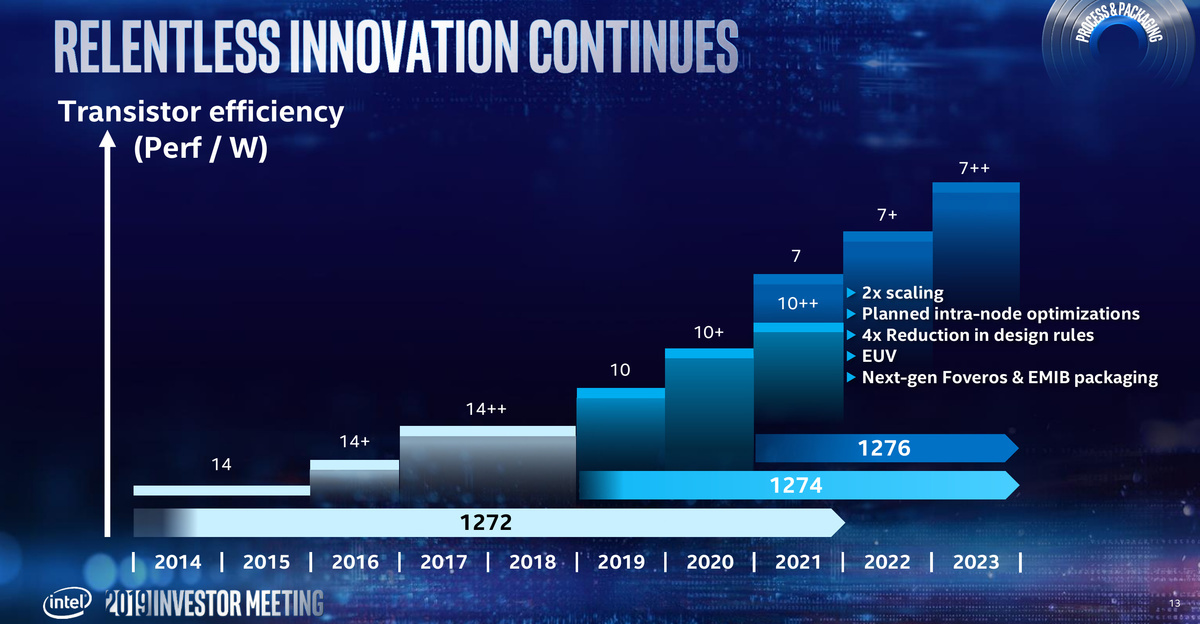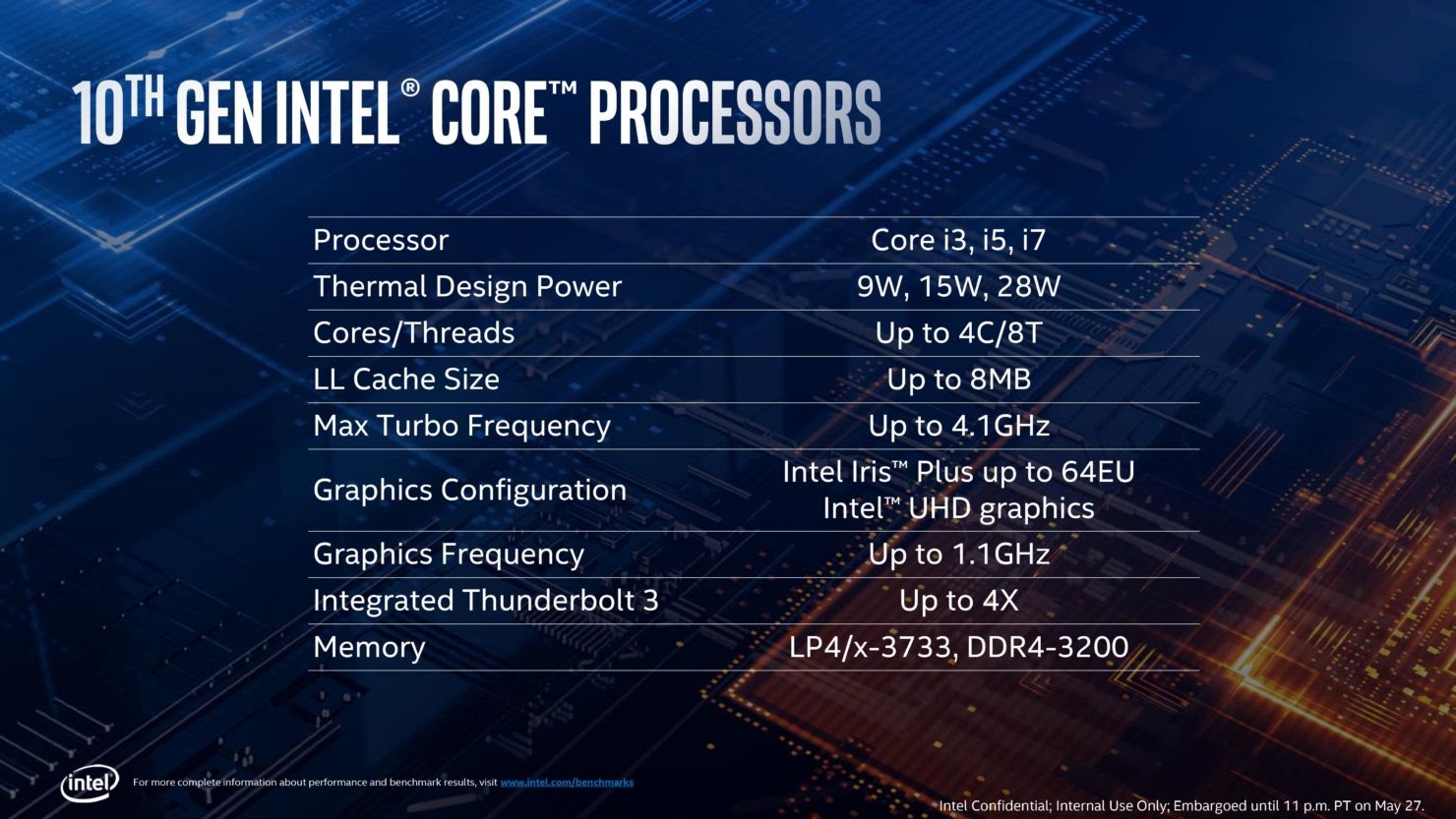This one might cause you to snort your drink out of you nose:
https://nl.hardware.info/nieuws/66737/intel-ceo-bevestigt-plannen-voor-7nm-cpus-in-2021

Not really sure what 1272 or 1274 is. In any case, it seems Intel has not learned their lesson on keeping goals and expectations reasonable unless 10nm has really turned out to be a sort of 7nm-- and 7nm-.
https://nl.hardware.info/nieuws/66737/intel-ceo-bevestigt-plannen-voor-7nm-cpus-in-2021

Not really sure what 1272 or 1274 is. In any case, it seems Intel has not learned their lesson on keeping goals and expectations reasonable unless 10nm has really turned out to be a sort of 7nm-- and 7nm-.
![[H]ard|Forum](/styles/hardforum/xenforo/logo_dark.png)
